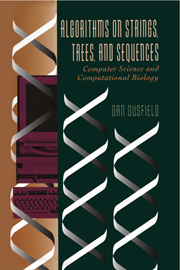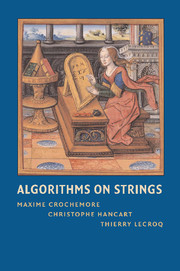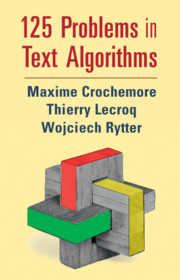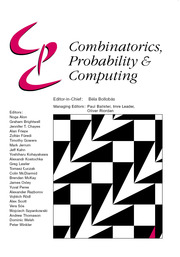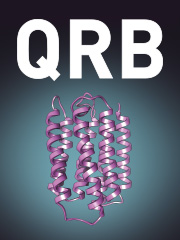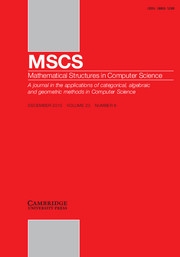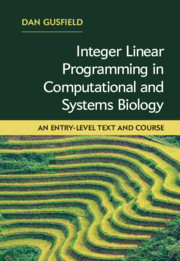Algorithms on Strings, Trees, and Sequences
Traditionally an area of study in computer science, string algorithms have, in recent years, become an increasingly important part of biology, particularly genetics. This volume is a comprehensive look at computer algorithms for string processing. In addition to pure computer science, Gusfield adds extensive discussions on biological problems that are cast as string problems and on methods developed to solve them. This text emphasizes the fundamental ideas and techniques central to today's applications. New approaches to this complex material simplify methods that up to now have been for the specialist alone. With over 400 exercises to reinforce the material and develop additional topics, the book is suitable as a text for graduate or advanced undergraduate students in computer science, computational biology, or bio-informatics.
- A dual treatment of string algorithms in both computer science and molecular biology, treating both theory and applications
- Over 400 exercises to reinforce presented material and to develop additional topics
- Code available on-line for many of the presented algorithms
Reviews & endorsements
"...an important summary of the state of the art in pattern matching and an indicator of the importance biological problems have assumed among many researchers. It will hopefully encourage them to question the importance of the problems they endeavor to solve." SIGACT News
"The book will be profitable both for graduate students in computer science and for biologists with a good background in programming." Mathematical Reviews
"One often encounters in this book thought-provoking quotes relating to the importance of sequence analysis...Also found in the text are interesting biological examples of sequence analysis..." Cell
Product details
May 1997Hardback
9780521585194
556 pages
262 × 188 × 37 mm
1.09kg
145 b/w illus.
Available
Table of Contents
- Part I. Exact String Matching: The Fundamental String Problem:
- 1. Exact matching: fundamental preprocessing and first algorithms
- 2. Exact matching: classical comparison-based methods
- 3. Exact matching: a deeper look at classical methods
- 4. Semi-numerical string matching
- Part II. Suffix Trees and their Uses:
- 5. Introduction to suffix trees
- 6. Linear time construction of suffix trees
- 7. First applications of suffix trees
- 8. Constant time lowest common ancestor retrieval
- 9. More applications of suffix trees
- Part III. Inexact Matching, Sequence Alignment and Dynamic Programming:
- 10. The importance of (sub)sequence comparison in molecular biology
- 11. Core string edits, alignments and dynamic programming
- 12. Refining core string edits and alignments
- 13. Extending the core problems
- 14. Multiple string comparison: the Holy Grail
- 15. Sequence database and their uses: the motherlode
- Part IV. Currents, Cousins and Cameos:
- 16. Maps, mapping, sequencing and superstrings
- 17. Strings and evolutionary trees
- 18. Three short topics
- 19. Models of genome-level mutations.

